Kakanmath Temple, Morena
Kakanmaṭh is a ruined 11th century Shiva temple located at Sihoniya in Madhya Pradesh, India. It was built by the Kachchhapaghata ruler Kirttiraja during 1015 – 1035 AD. Only a part of the original temple complex now survives. Some of the sculptures from the site are now located at Gwalior.

The temple is located in the interior of a small village called Sihoniya, which is approximately 65 north of Gwalior, Madhya Pradesh. The presence of this temple influences the surrounding and the village because of it being a popular place to visit. When one holds the eye on the structure, they may fail to believe that so many stone slabs together piled up forming this mighty structure.


Upon entering the temple on the right side at a raised area there lies this structure which is surrounded by many subparts, which are broken. The pieces are scattered all over the raised land, and it also becomes difficult to reach it. As the terrain is not plain and there lies big holes and stone slabs kept in an unjust manner.

There is a shivling present near the structure. The base is partially broken as seen in the image below. It is on a raised platform with some stone slabs kept on top of each other.


There are hundreds of small stone slabs, all broken and destroyed. These are just kept piled up on top of each other, the visuals below are from the surrounding of the above garbhagriha.

The tall structure stands still, a true marvellous creation seen upon looking closer it feels that the structure might fall down anytime. At the back side of the main temple there are few rods and support are seen which makes the structure stable from the back side.
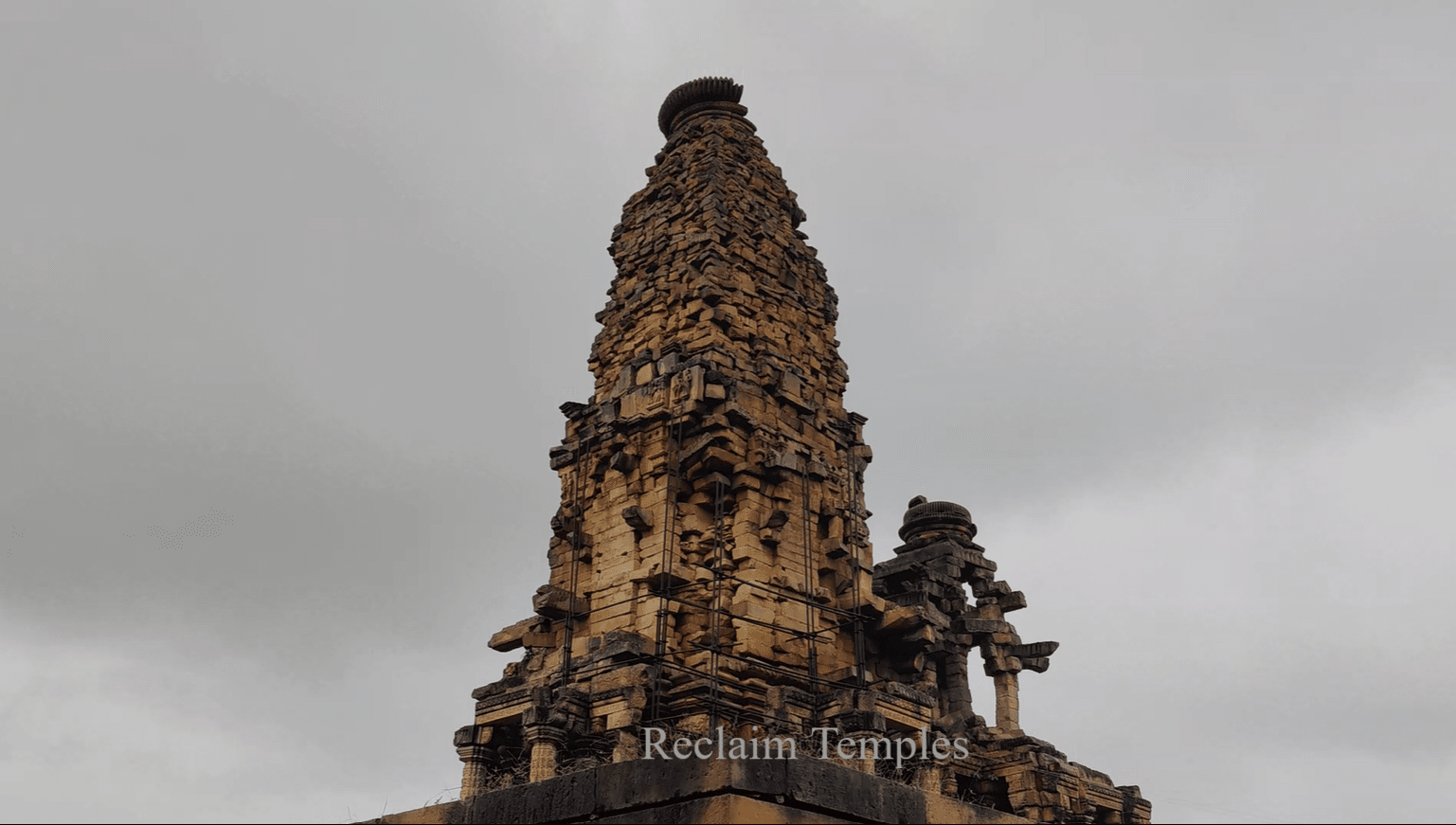
These corridors, finely structured with necessary gaps, are quite a piece of architecture. The open sky on top of the temple and these pillars represent beauty. The entire structure is relying on the placements of the stone, and there are no additional cements or any other material used.


Upon climbing the stairs this view opens up to the eyes of the viewers, one might feel inferior in front of these mighty pillars. The dark opening which can be seen below is the main shrine of the temple.


This is the center of the pathway to the main shrine and there is a wide opening which is open to the sky. The pillars and stone slabs just balanced on the geometry basis are indeed very captivating and become hard to believe when seen.

The entrance to the main shrine is on an elevated platform.

The outer portion of the main shrine is engraved with such beautiful stone architecture and portrays the level of architecture that existed back in time, though most of them were broken during invasions but as the time has also passed there condition still remains worth setting as examples. The details and the finishes are astonishing.


There is a single shivling in the main Garbhagriha of the temple, it also consists of the snake around the ling’s neck.

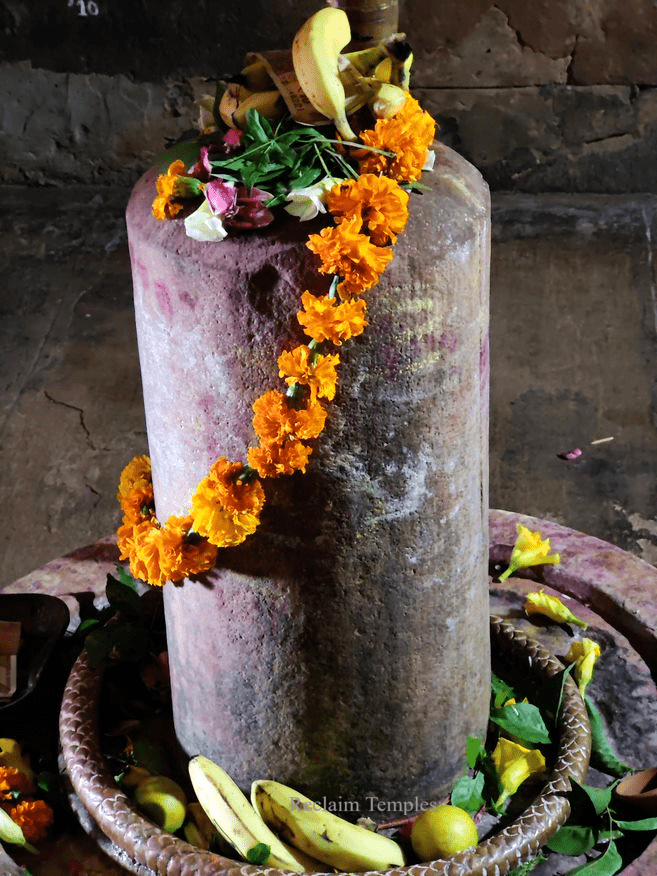
A complete circle around the main garbhagriha consists of these marvel sculptures which are present throughout.

Behind the main garbhagriha there are few rods and supports which are helping the structure to stand and these are just kept in support of some slabs lying there on the floor.




The beautiful sculptures surround the temple and every detail becomes a must see for the visitors. With such precision and absolute skill the artisans might have carved it but it has been mercilessly destroyed during the invasions.

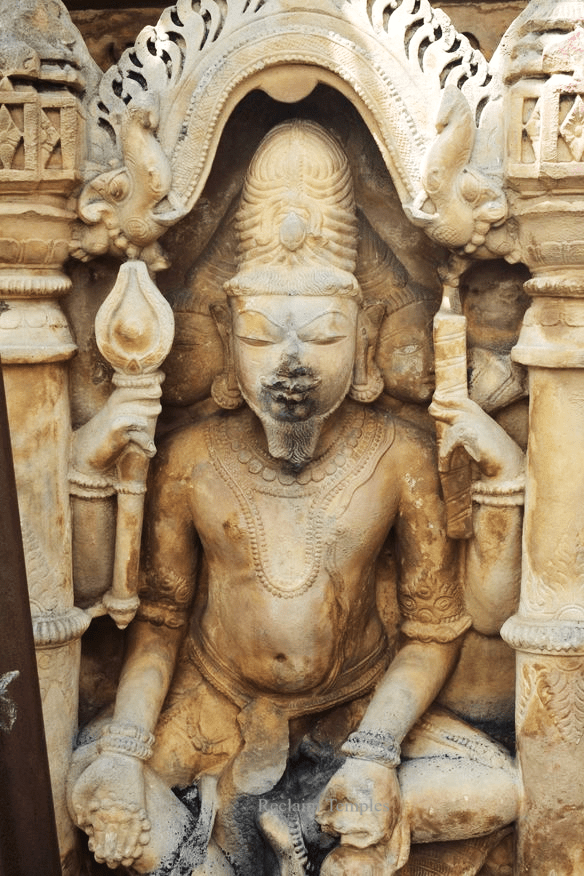
There is a void at a raised section in one of the walls, and it would be possible that there was another marvel sculpture which might have been broken or looted.


The structure of the temple standing at 115 feet and evidently seen as heavily decorated represents nothing but the great Indian Architecture and the quality carvings done.


The mighty pillars surely are a majestic and marvellous creation, by looking at these pictures it is clearly understood the amount of labour and funds it would have taken to create this.







These pictures represent the walls of the outer side of the monument and every bit of it is covered with sculptures and carvings like these, take a moment to please your eyes with these awe spiring visuals.


We must not forget that the temple is still lying in ruins and needs necessary adjustments and renovation to be done for the safety of the visitors. The stone slabs are just adjusted with the help of basic balance and geometry and there is no fixed cement or liquid which holds it up.

Most of the structures are in pieces and when looking it can be understood there are so many unidentified pieces which need to be kept in their proper place.
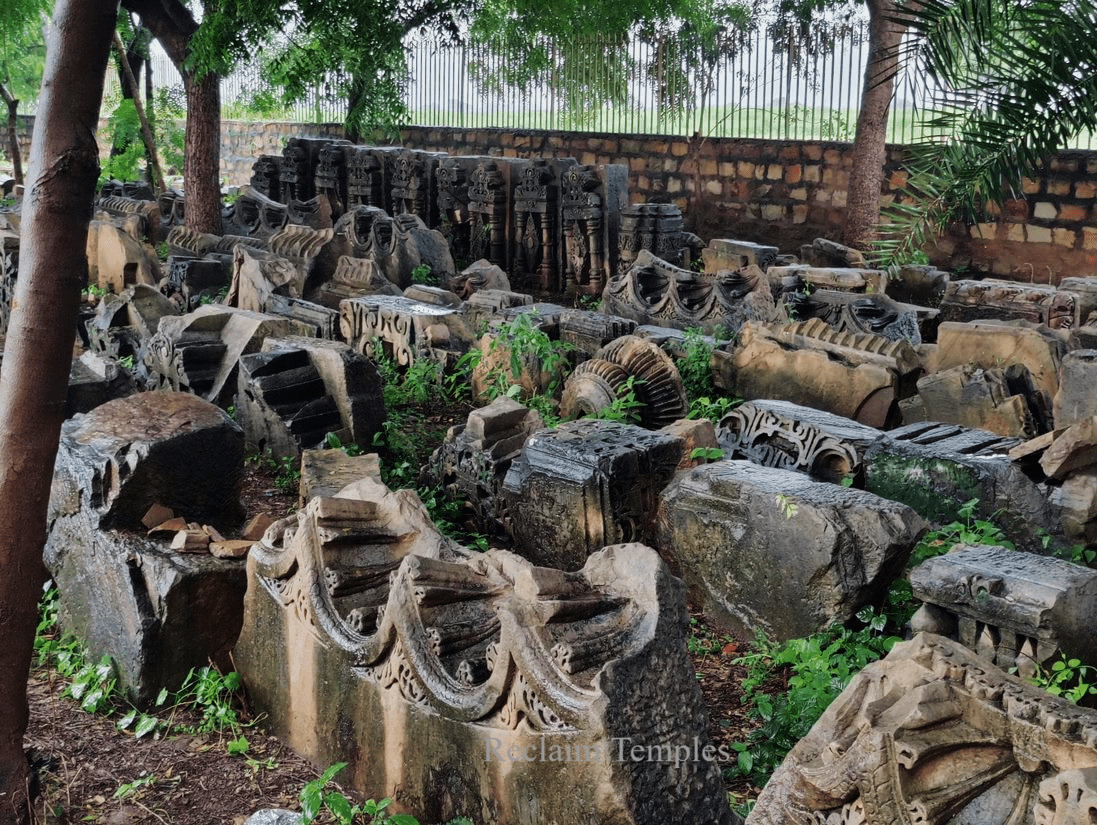
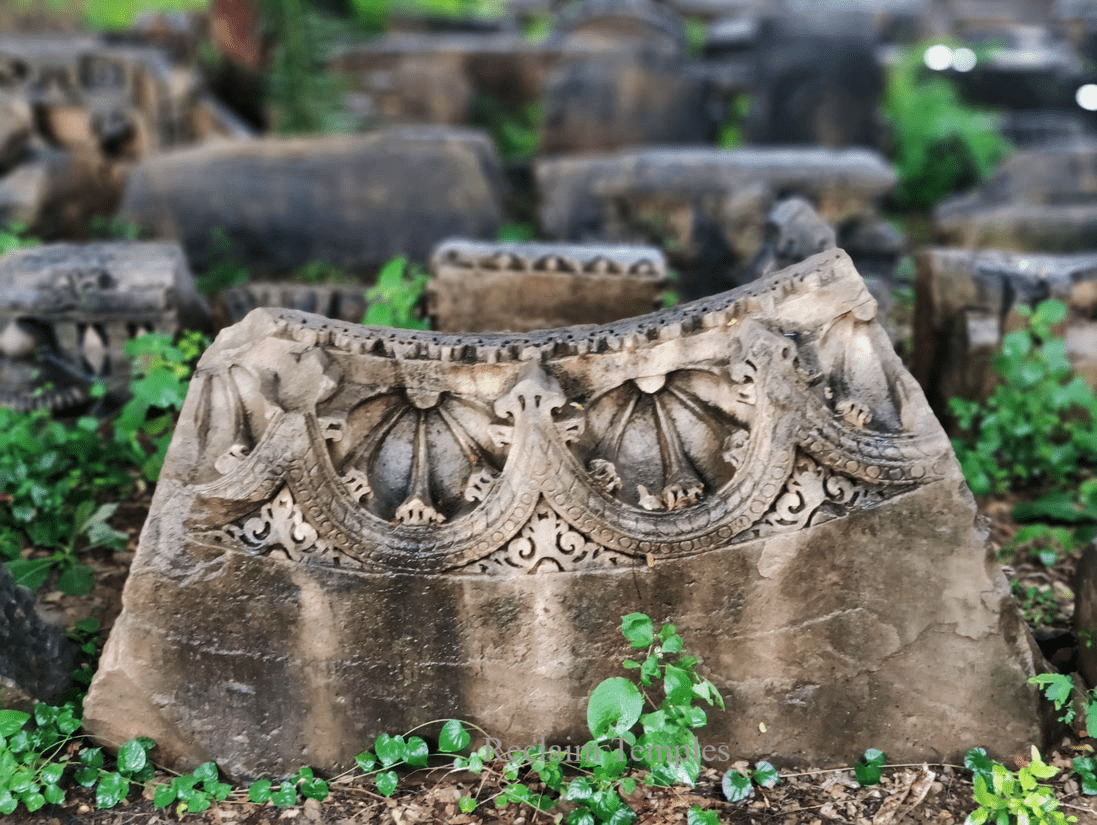
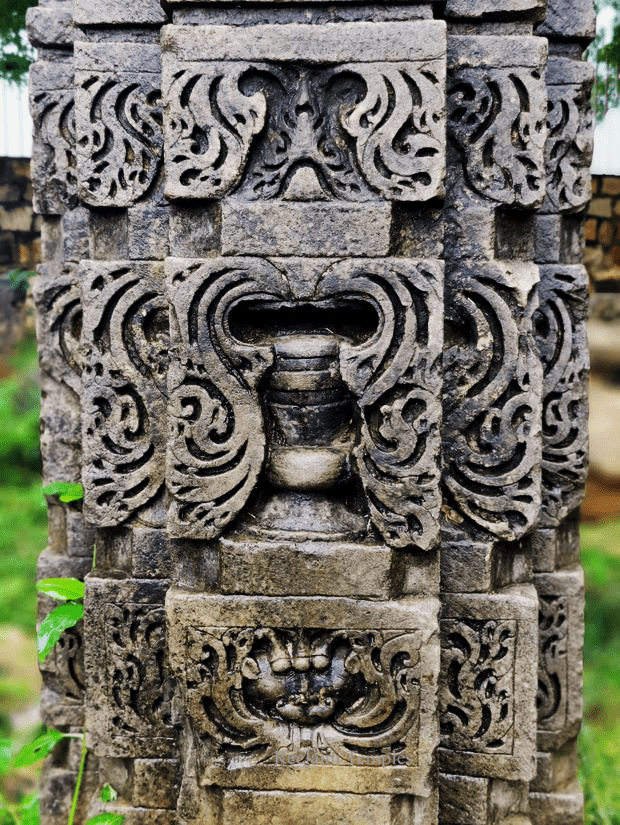

There is a mighty gate present approx. to 30m distance from the main stairs of the big structure.
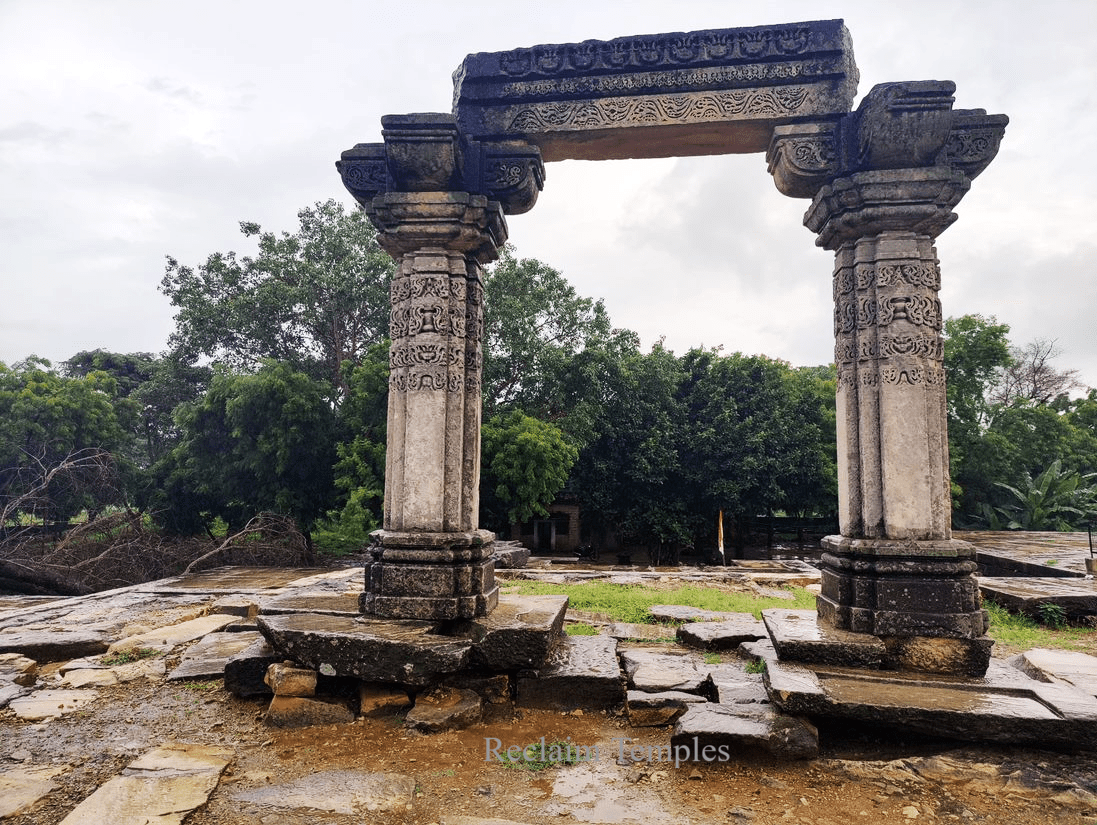
The temple is listed under ASI, there is a pandit and a caretaker who takes care of the temple premises, and there is just ordinary ritual conducted by the pandit.
At the entrance there is an empty space for parking, the road to the temple is not maintained and everyday there are local visitors seen in the premises of the temple. Astonishing fact is that overall the structure of the temple looks like it could fall anytime even with slightest of breeze but is evidently standing strong and it surely needs some renovation for the safety of the visitors and the deity. Th sculptures are not arranged properly and these need to be kept in order.
There are hundreds of unidentified broken slaps and sculptures surrounded in the main premises of the temple.
There is a well which is quite deep in the premises as well as an office which is mostly closed.
The condition of the temple is just at the edge of being somehow existing but it surely needs some genuine fixations along with the presence of strong administration.


Marvellous temple keeping its royalty even in ruins. One can imagine how this large temple complex would have flourished before the destruction by fanatics. Now we can’t rebuild to its original grandeur.